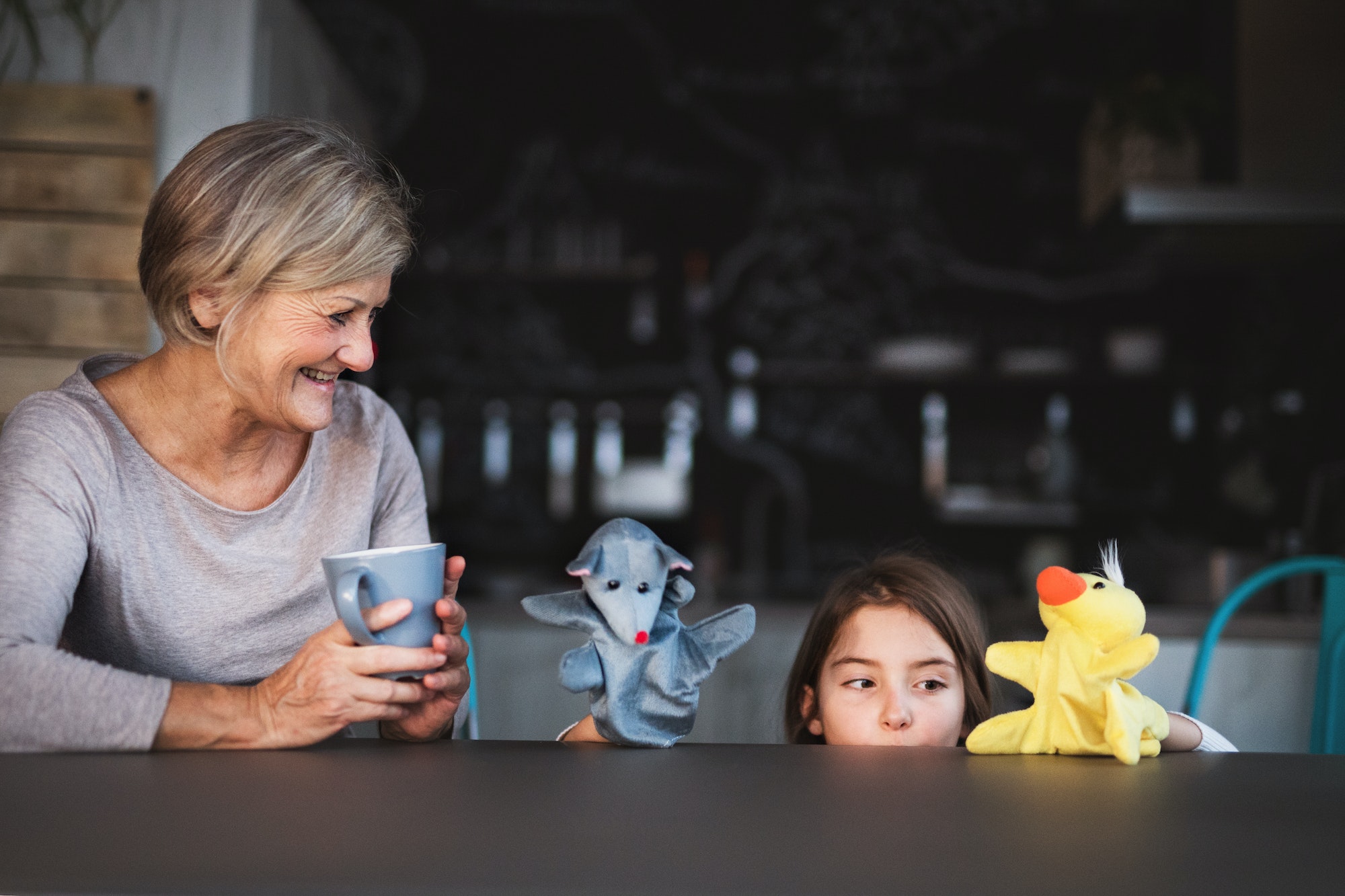In today’s fast-paced world, it’s essential to find creative ways to engage children in activities that not only entertain but also educate. One such method is through DIY storytelling props. These props can be used to enhance language and communication skills while providing an opportunity for kids to express their creativity. In this article, we will explore various craft activities that can be used to create storytelling props and the educational benefits they provide.
Puppet Making
Puppets are a classic storytelling tool that can be easily made with simple materials like socks, felt, and glue. Children can create their own puppet characters, which encourages imagination and creativity. They can then use these puppets to act out stories, helping to develop their language and communication skills as they practice dialogue and narration.
To make a sock puppet, simply gather a clean sock, felt or fabric for features (such as eyes, nose, and mouth), glue or sewing materials, and any additional decorations your child may want to include like yarn for hair or buttons for eyes. Once the puppet is complete, encourage your child to create a story involving their new character.
Shadow Boxes
Shadow boxes are another excellent tool for enhancing storytelling skills. Children can create scenes from their favorite stories or invent entirely new ones using cutouts of characters, objects, and backgrounds.
To create a shadow box, you’ll need a shoebox or similar container, construction paper or cardstock for the cutouts, scissors, glue or tape, and a light source (such as a flashlight) to cast shadows onto a wall or screen.
Children can begin by designing their characters and objects on paper before cutting them out. Encourage them to think about the setting of their story and how different elements can interact. Once the cutouts are complete, attach them to sticks or straws so they can be easily manipulated within the shadow box during storytelling.
Story Stones
Story stones are an engaging way for children to explore different aspects of storytelling, such as characters, settings, and emotions. They can be used for both group activities and individual play, promoting social skills and self-expression.
To create story stones, gather smooth rocks or stones (you can find these in nature or purchase them from a craft store) and paint or draw images representing various story elements on each one. For example, you could have stones depicting animals, people, plants, weather conditions, and more. Once the stones are complete, children can use them to create their own stories by selecting different elements and arranging them in sequence.
Flannel Boards
Flannel boards are a versatile storytelling tool that can be used for a wide range of stories and themes. Children can create their own flannel board pieces using felt or fabric and then use them to tell stories or practice sequencing events.
To make a flannel board, you’ll need a large piece of cardboard or foam board, a piece of flannel or fleece fabric large enough to cover the board, glue or staples to attach the fabric, and felt or fabric pieces to create your story elements.
Encourage your child to think about the different characters, objects, and settings they’d like to include in their story. They can then cut out these shapes from felt or fabric and attach them to the flannel board during storytelling. As they manipulate the pieces on the board, they’ll be practicing their language and communication skills as well as developing fine motor abilities.
In conclusion, DIY storytelling props offer an engaging way for children to enhance their language and communication skills while also expressing their creativity. By incorporating these craft activities into your child’s routine, you’ll be providing valuable educational benefits that will last a lifetime.


